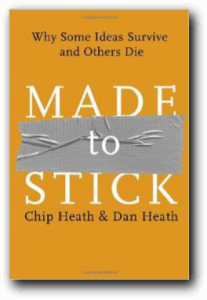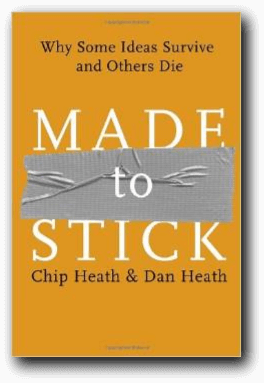by Debra Mascott, Director of eLearning Curriculum, Research Rockstar, LLC
This summer I tackled an arduous task: cleaning out my garage. I found no shortage of baskets, boxes, barrels, half-empty paint cans, rusty garden tools and sundry other items that make it difficult to fit the car in the garage.
In tackling this project, I thought about writing market research reports. What’s the connection? Clutter.
Cleaning the Clutter
 After what could be weeks of collecting market research data, recording dozens of interviews, or analyzing dozens of transcripts, market researchers are pressed with the task to compile, synthesize, analyze, visualize and write reports. To recipients, these reports are the most tangible part of market research.
After what could be weeks of collecting market research data, recording dozens of interviews, or analyzing dozens of transcripts, market researchers are pressed with the task to compile, synthesize, analyze, visualize and write reports. To recipients, these reports are the most tangible part of market research.
This is where “Made to Stick” is helpful. In Chip and Dan Heath’s bestseller, there are six key ingredients to making ideas stick: (1) Simplicity (2) Unexpectedness (3) Concreteness (4) Credibility (5) Emotions (6) Stories. The core message highlights why some ideas survive and others do not.
Don’t just show the data
There’s a quote in the book, “Managers seem to believe that, once they’ve clicked through a PowerPoint presentation showcasing their conclusions, they’ve successfully communicated their ideas,” Heath writes. “What they’ve done is share data.” Sticky ideas shock, move and convince us. “If you want your ideas to be stickier, you have to break someone’s guessing machine and then fix it.”[1]
Here’s an example: Say your market research reveals that customers exhibit price sensitivity for your brand’s key product. You could write, “Our customers are highly price sensitive.” While this may be true, it is not interesting and unlikely to be surprising. Try “Our customers are highly price sensitive and this is consistent across all demographic subgroups.” See how the message conveys concreteness and credibility by backing up the point with some extra oomph? This is a much stickier message for your clients.
Writing solid market research reports
Kathryn Korostoff, President of Research Rockstar, always says, “When you write a market research report based on survey results, find compelling patterns or recurring themes.” It is important to synthesize the data into key findings. Themes or patterns tend to be stickier than single data points.
Another stickiness technique is the concept of credibility. Credibility is essential to market researchers because you present results, charts, statistics, pictures and other data to prove or disprove a hypothesis. Here, the authors relayed a story about Cisco. Several years ago Cisco had to decide whether to add a wireless network for its employees. The IT department computed the cost at $500 per employee. Management had to determine if this was a good investment, however, instead of calculating the total cost, management used a human scale analogy that said an employee would be more productive by two minutes per day; the value was far more credible.[2] Two minutes a day is believable, and given that Cisco had thousands of employees, the potential was obvious.
Research Rockstar offers specific classes on report writing
Research Rockstar offers several classes on writing and enhancing market research reports:
- Writing Qualitative Research Reports
- Writing Quantitative Research Reports
- Infographics for Market Researchers
Whether you need to write quantitative or qualitative reports, you will learn how to organize and write reports, top-line memos and management summaries. In addition, you may want to add something unique to your research report or presentation. Try Infographics. Infographics are a powerful way to deliver market research highlights. As part of a comprehensive deliverables strategy, infographics can play a crucial role in getting and keeping your audience’s attention. Using infographics can wow your decision makers, stakeholders and clients. Plus, this class is interactive and fun.
The bottom line is that market research reports can easily become cluttered with data. The value of market research reports is the analysis and insight you provide. Dumping data into a hundred-slide slide deck is like having clutter in your garage. Instead, tell a simple story, back it up with credible, unexpected and concrete results. By incorporating several components of “Making it Stick,” you will find your clients are more receptive to your ideas.
[1] Chip and Dan Heath, “Made to Stick: Why Some Ideas Survive and Others Die,” Random House, NY 2008.
[2] Chip and Dan Heath, “Made to Stick: Why Some Ideas Survive and Others Die,” Random House, NY 2008, pg 146.









